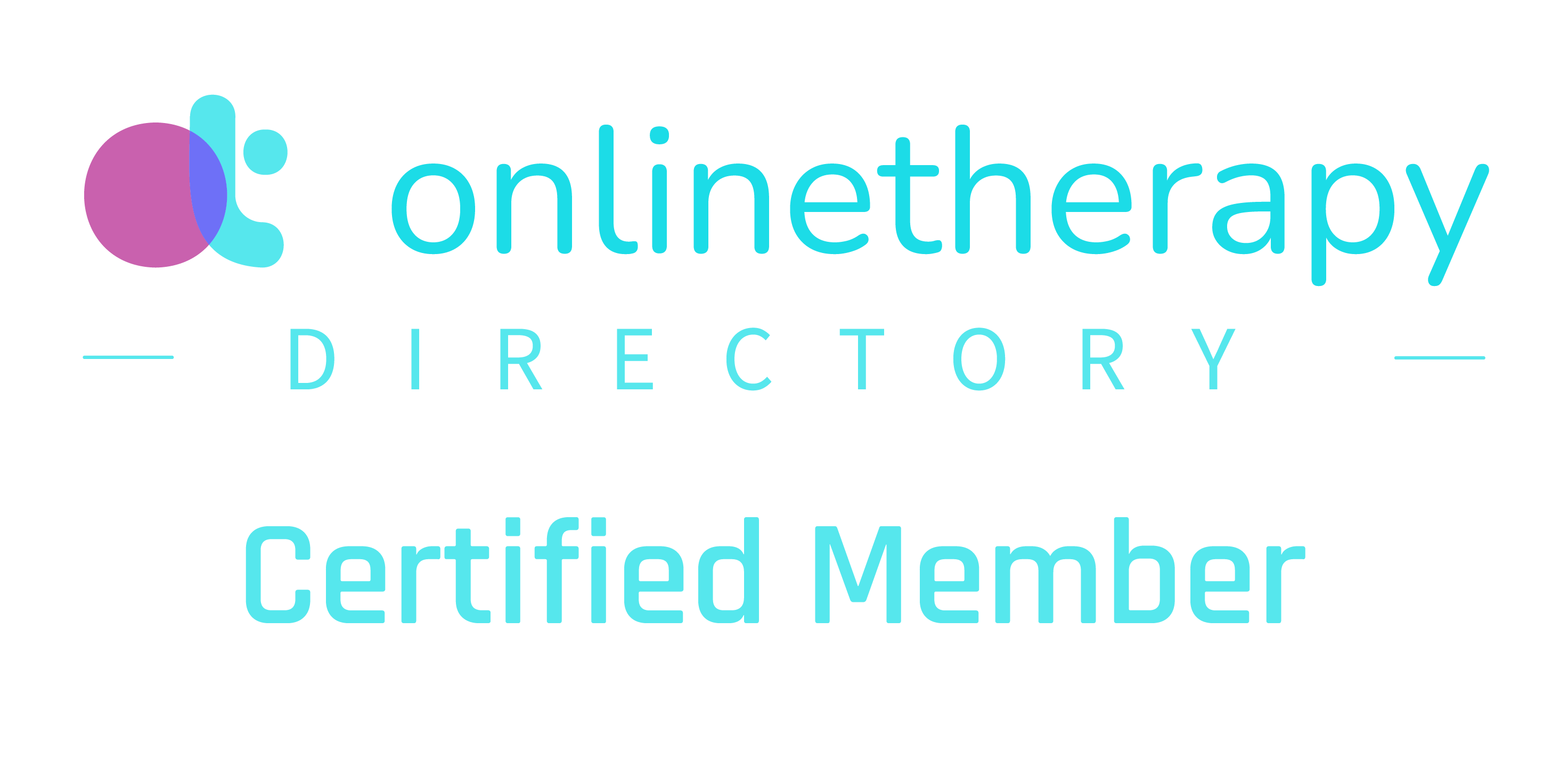As a CBT therapist, I have found compassion-focused therapy (CFT) immensely helpful for my clients, and I specifically teach these methods in sessions. As you put these techniques into practice, you will discover that they offer life-changing insights and deeper self-knowledge.
Consider five of them.
1. Soothing Rhythm Breathing
In recent years, the importance and effectiveness of how we breathe when we’re experiencing stress has become very apparent. What happens in the brain is deeply intertwined with the body (and vice versa). In CFT sessions, you will learn specific breathing techniques that will tap into your body’s natural ability to soothe itself.
When you slow your breathing down, you’ll begin to feel calmer and more centred. Deeper breaths bring more oxygen into your body and help your heart rate slow down. These physiological reactions let your brain know that it’s ok to move out of fight, flight, or freeze mode and into a better emotional place.
Focusing on deep breaths that cause your stomach to extend outward is important in this technique. Tying your breaths to a calm rhythm is also a key component. Try breathing in for a slow count of four, holding your breath for the same count, and slowly exhaling for four counts or even longer.
The more frequently you practice this breathing, the more quickly you’ll be able to use it to help yourself when you’re feeling overwhelmed.
2. Safe Place Guided Imagery Practice
Learning how to access a safe place in your mind does wonders for anxiety relief. I work with my clients to help them identify places, whether real or imagined, that make them feel safe and secure. This may be memories of staying overnight with grandparents, sunbathing on a favourite beach, or any other situation that evokes the same feelings.
As you train your brain to access these safe places, you can go there whenever you need a break from your anxiety or inner critic. Even though you’re not physically present at these places, by tapping into this place, you’ll trigger your brain to react in the same way as if you were there.
Practising guided imagery is a beautiful process that helps you feel centred and empowered.
3. Understanding the Three Systems
CFT includes an understanding of the three systems approach to emotional regulation. These three systems are: threat, drive, and soothing. With practice, you can learn to understand which system you’re experiencing at any given moment and learn to shift into another one.
The threat system is what it sounds like. This is when you feel anxious and overwhelmed. You’re desperate to achieve some sort of safety and are driven to protect yourself emotionally.
The drive system pushes you to do what needs to get done. Pursuing goals, achievements, and career recognition is what this system looks like. This is good, but it can be taken to extremes.
Of course, the soothing system is a place of calm, kindness, and self-care. This is also the system where most people are least likely to be. Humans tend to get stuck in threat or drive. But as you learn the compassion-focused techniques described here, you’ll be able to recognize when you are out of balance. This will have a tremendous effect on your everyday life.
4. Compassionate Self Practice
A key part of self-compassion is remembering to treat ourselves the way we would treat a friend in a similar situation. What is your body posture and tone of voice like when you’re comforting a friend? It’s gentle and not intimidating. You know you’d make them feel worse if you scolded them, called them names, or blamed it on them.
In the same sense, the posture and tone you employ when engaging with your own thoughts and emotions are just as important.
In our sessions, we’ll work together to identify helpful body postures and voice. As you can probably guess, this physical feedback affects your body’s response and brings you to a calmer, more focused place.
5. Compassionate Letter Writing or Texting
Sending yourself compassionate messages is a fantastic way to address your needs for kindness and understanding. It’s also a great way to practice putting to use what you learn in therapy about self-compassion.
In sessions, I’ll help you understand how compassionate letter writing differs from keeping a diary or journal. While not complicated, there are steps you can take to make this a more effective tool. Click to learn about compassion focused therapy or online CFT.
—
Using compassion-focused therapy with my clients has shown me time and again how powerful it is. It offers a path to emotional and physical healing. If you’d like to learn more, please feel free to set up a free test drive or contact me at my London or Honolulu clinic.



